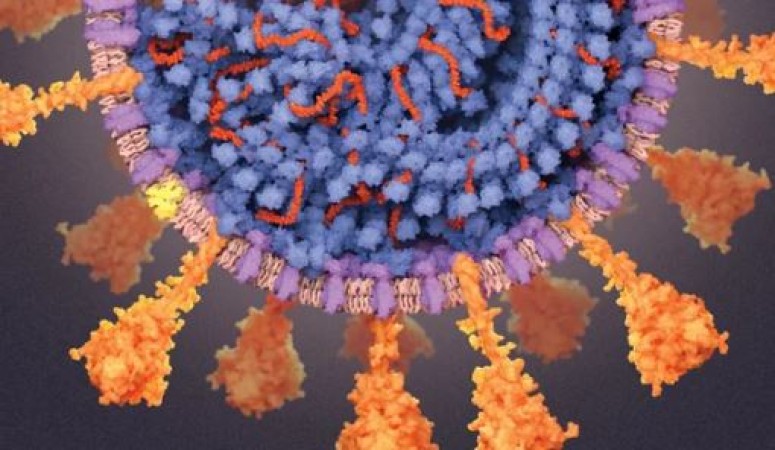
Recently scientists have warned that 36 new viruses have been found in animals in China's fur farms, including a new bat coronavirus. This information has been published in the 'Nature Journal' on Wednesday. Cases of this new coronavirus have been detected in small-scale fur farms. Professor Eddie Holmes, an evolutionary biologist and virologist at the University of Sydney, has said that fur farms represent a much richer zoonotic soup than we thought.
Professor Holmes and his team worked with colleagues in China for this study. The researchers not only looked at common animals such as mink, muskrats, foxes and raccoon dogs, but also included species such as guinea pigs and deer in this research. Dangerous viruses have been found in the fur of these animals which can pose a serious threat to health.
These viruses are common in small backyard farms in China and are often not monitored. Dr. Holmes said the study makes it clear that there are plenty of viruses in these species, and some viruses are crossing species boundaries. This is a real concern, because through the fur trade we are being exposed to viruses coming from wildlife, which could signal the start of the next pandemic.
The researchers tested 461 animals from fur farms, most of which were in northeastern China. These animals had died due to disease. The scientists identified 125 different virus species, of which 36 were new pathogens. Of these, 39 viruses were found to have high spillover potential, being common across a diversity of animals.
The team also detected seven coronaviruses whose hosts were rodents, rabbits and dogs. While none of these were related to SARS-CoV-2, a new bat coronavirus, HKU5, was found to be of concern. This virus was found in the lungs and intestines of minks, and in dead minks from pneumonia outbreaks on fur farms.
Health experts say that the HKU5 virus can also spread to humans. It needs to be put on the watch list immediately, as it could be a sign of a serious threat. Professor Linfa Wang, director of the Emerging Infectious Diseases Research Program at Duke-NUS Medical School in Singapore, has also stressed more rigorous monitoring of fur farms despite not being involved in the study.
Scientists have long been concerned that mink farms could provide fertile ground for viruses to mutate. Because animals are also susceptible to many viruses. In the autumn of 2020, Denmark killed about five million minks due to Covid-19 having mutated in minks, which could then infect humans with a new strain. Thus, the new viruses found in fur farms and their potentially dangerous nature make us even more vigilant. By monitoring these animals and promoting research, we can reduce the risk of potential pandemics in the future.
Realme P2 Pro 5G to Launch in India on September 13: Key Details Revealed
Apple to Fully Transition to OLED Displays for All iPhones by 2025
Pixel Watch 3 to Receive Three Years of Software Support, Shorter Than Pixel Phones